Silverline 442793 Bruksanvisning
Silverline
Ikke kategorisert
442793
Les nedenfor 📖 manual på norsk for Silverline 442793 (2 sider) i kategorien Ikke kategorisert. Denne guiden var nyttig for 5 personer og ble vurdert med 4.8 stjerner i gjennomsnitt av 3 brukere
Side 1/2
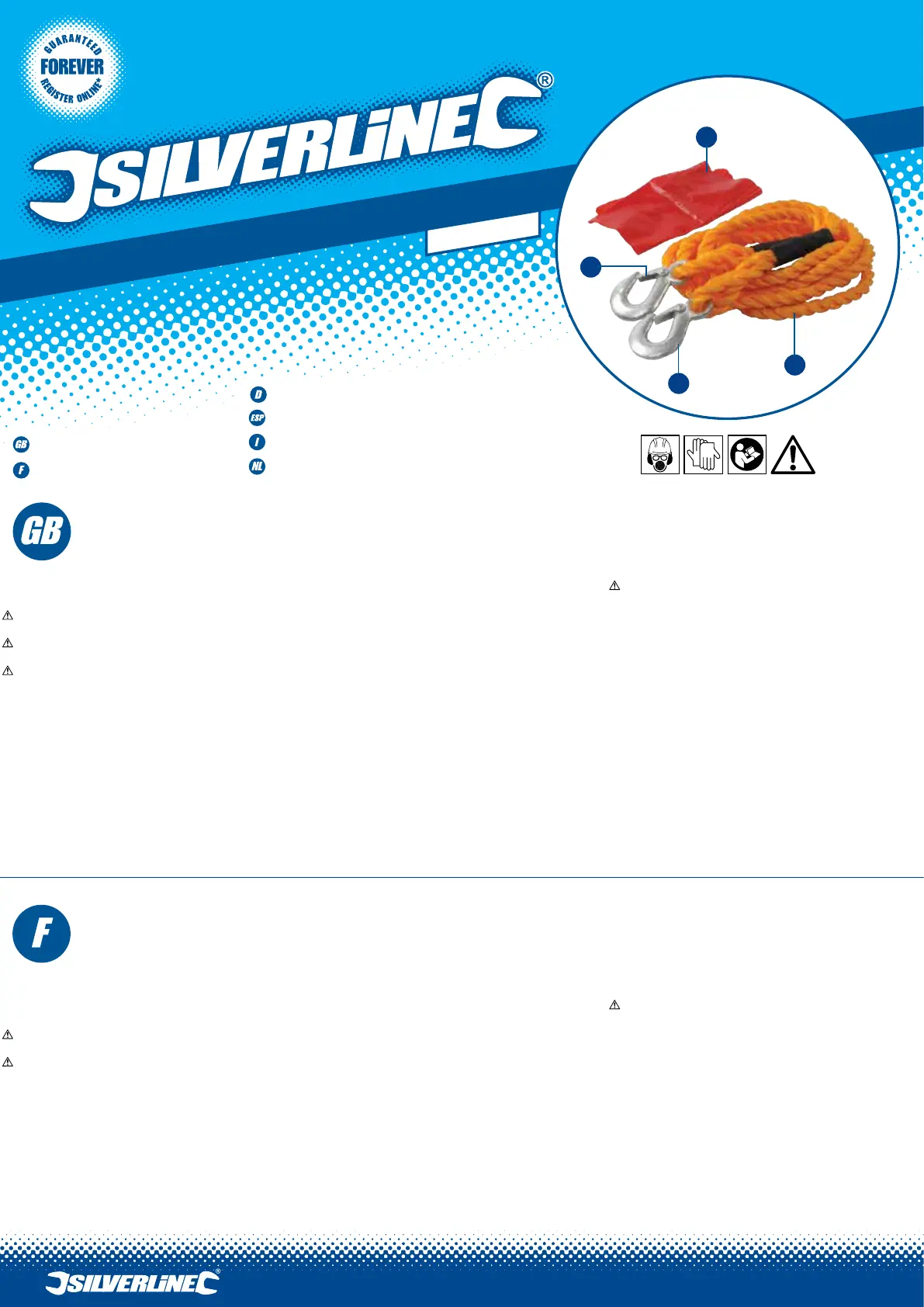
Tow Rope 2 Tonne
442793
4m x 14mm
www.silverlinetools.com
1
2
3
4
Product Familiarisation
1) Hook
2) Safety Bar
3) Tow Rope
4) Warning Flag
Specification
Size: 4m x 14mm
Max Load Capacity: 2 Tonne
As part of our ongoing product development, specifications of Silverline products may alter without
notice.
Before Use
WARNING: You must comply with national regulations in your country for towing vehicles including
speed limits and visible warnings to indicate a vehicle is being towed. If in doubt, contact your national
road authority.
WARNING: Cat. B car driving licences issued after 1st Jan 1997 in the UK have a restriction for vehicle
weight including towed weight of 4250kg. Licences issued after 19th January 2013 are restricted to
3500kg. Ensure your driving licence permits towing the combined weight of the two vehicles.
WARNING: Check the owner’s manuals of both vehicles as not all vehicles can be towed or can tow
other vehicles. Some cars with automatic gearboxes cannot be towed or have additional restrictions.
• This tow rope has a maximum safe towing capacity of 2 tonnes. This figure is based on the total
weight of the towed vehicle including passengers, fuel, luggage etc. Sharp acceleration or braking,
and steep gradients, may cause the tow rope to be overloaded
• Be aware of road traffic laws before attempting to tow any vehicle on a public road. This product
must only be used where it is safe and legal to do so
• Check that your insurance covers recovery towing
• A car driving licence is required for the person steering and controlling the towed vehicle. If the driver
only has a provisional licence, ‘L’ plates must be displayed in the UK
• Both the tow vehicle, and the vehicle being towed, must be fully road legal, with current MOT, tax
and insurance, if they are to use public roads
Instructions d’utilisation
Consignes de sécurité sur le remorquage
• Lisez ces instructions et également celles des fabricants des deux voitures, en particulier les
informations relatives au freinage.
• Un véhicule avec une direction assistée avec un moteur éteint sera plus dur à diriger.
• Il peut être nécessaire de recharger la batterie avant le remorquage, pour être sûr que les
clignotants, phares, etc. puissent fonctionner tout au long du remorquage.
• Gardez les besoins en énergie au minimum dans le véhicule remorqué, si le moteur n’est pas en
marche. Ne faites pas marcher le chauffage, la ventilation ou le système audio.
• Si un véhicule est remorqué avec un moteur en marche, assurez-vous que cela ne pose pas de
problème de sécurité. Une erreur sur une boite de vitesse manuelle ou automatique peut provoquer
un accident si la boite de vitesse se désengage du point mort.
• Assurez –vous que les feux de détresse, feux arrières et feux stop fonctionnent.
• Reliez la corde de remorquage aux anneaux de remorquage prévus à cet effet, et à eux seuls.
N’utilisez pas un anneau de remorquage présentant des signes évidents de corrosion ou
d’endommagement.
• Ne remorquez pas un véhicule dont les freins ou la direction sont défectueux.
• Ne remorquez pas un véhicule sans conducteur.
• Ne remorquez pas un véhicule si la visibilité est réduite.
• Ne remorquez pas un véhicule si le temps est très mauvais. En effet, la neige, le verglas, les vents
violents et les fortes pluies réduisent le contrôle du véhicule.
• Évitez d’emprunter les routes très pentues ou très sinueuses. Dans un cas comme dans l’autre, les
contraintes sur la corde de remorquage peuvent être excessives
• Le poids du véhicule tracteur doit être supérieur au poids du véhicule remorqué.
• Cette corde de remorquage n’est pas conçue pour remorquer des véhicules nécessitant une plus
grande force de résistance pour être déplacés, tel que des véhicules dans un fossé ou enlisé dans
la boue. Dans ces conditions, la capacité de charge maximale peut être largement dépassée et
rendre l’utilisation de la corde inutile et dangereuse.
• Evitez une mise sous tension brusque de la corde car le poids du véhicule remorque qui s’applique
sur la corde peut l’endommager et rendre son utilisation dangereuse.
• Évitez d’emprunter les routes très pentues ou très sinueuses. Dans un cas comme dans l’autre, les
contraintes sur la corde de remorquage peuvent être excessives
Se familiariser avec
le produit
1) Crochet
2) Linguet de securite
3. Corde de remorquage
4) Drapeau de signalisation
Caractéristiques
techniques
Dimensions : 4 m x 14 mm
Capacité maximale de charge : 2 tonnes
Du fait de l’évolution constante de nos produits, les caractéristiques des produits Silverline peuvent
changer sans notification préalable.
Avant utilisation
ATTENTION : Vous devez respecter les régulations nationales de votre pays en ce qui concerne le
remorquage des véhicules telles que celles sur les limites de vitesse, et des signalisations indiquant le
remorquage d’un véhicule. En cas de doute, contactez les services de la sécurité routière.
ATTENTION : Vérifiez bien les manuels d’instructions des deux véhicules, car tous les véhicules
ne peuvent pas remorquer ou être remorqués par d’autres véhicules. Quelques voitures à vitesse
automatique ne peuvent pas être remorquées ou peuvent avoir d’autres restrictions.
• La capacité maximum de cette corde de remorquage est de 2 tonnes. Cette limite comprend le
poids total du véhicule remorqué en l’état, c’est-à-dire avec son chargement, ses passagers, son
carburant, etc. Des accélérations ou des freinages brusques, ainsi que la conduite sur une route à
forte pente, peuvent provoquer une surcharge de la corde.
• Tenez compte des prescriptions du code de la route avant de remorquer un véhicule sur une voie
publique. Cette corde de remorquage ne doit être utilisée que dans le cas où cela ne présente aucun
danger, et en respectant la réglementation légale.
• Assurez-vous que la compagnie d’assurance couvre les risques inhérents à un remorquage.
Operation
Safe Towing
• Read these instructions in combination with the owner’s manuals for both vehicles for
manufacturer’s towing information especially braking information
• A vehicle with power-assisted steering being towed with the engine off will be more difficult and
require greater effort to steer
• It may be necessary to charge the battery before towing to ensure there is sufficient charge for
lights, indicators etc. for the length of the journey
• Keep all power requirements to the bare minimum in the towed vehicle if the engine is off. Do not
operate the heating, fans or audio system
• If towing a vehicle with the engine running ensure that it is safe to do so. A fault in either a manual or
automatic gearbox could cause an accident if it causes the gearbox to engage unexpectedly taking
the vehicle out of the neutral position
• Do not attempt to attach the tow rope when close to traffic flow. Move vehicles off the road where
possible. Do not attempt to connect vehicles on steep slopes or slippery ground
• Ensure the vehicle being towed is displaying a full range of indicator, brake and marker lights
• Only connect the tow rope to proper towing points. Do not use tow points with evidence of damage
/ heavy rust
• Place an ‘ON TOW’ marker in a clearly visible position on the rear of the vehicle being towed
• Do not tow a vehicle with defective brakes or steering
• Do not tow an unmanned vehicle
• Do not tow in poor light/visibility
• Do not tow in adverse weather. Snow, ice, strong wind and heavy rain will reduce vehicle control
• The drivers of the towed and the towing vehicle should be familiar with how the towed vehicle
brakes when being towed especially if the engine is off
• It is the responsibility of the driver of the towing vehicle to ensure that all legal requirements are met
• The weight of the towing vehicle must always be greater than that of the vehicle being towed
• This tow rope is not designed for pulling vehicles which have increased resistance to being moved,
such as vehicles that are in ditches or trapped in mud. In these conditions the maximum load
capacity of the tow rope will be easily exceeded and the tow rope will fail
• Avoid ‘snatch loads’ where the weight of the towed vehicle is abruptly applied to the tow rope which
can damage it, making it unsafe to use
• Avoid steep slopes and sharp cornering. These will place excessive strain on the tow rope
Abschleppseil, 2 t
Cuerda para remolque 2 toneladas
Corda da traino 2 Ton
Sleeptouw, 2 ton
Tow Rope 2 Tonne
Corde de remorquage 2 tonnes
Attaching To Vehicles
• Always arrange the hooks to point downwards
• Always ensure the Safety Bar (2) on both Hooks (1) is closed so that the hooks cannot become
accidentally disengaged from the vehicle towing points
1. Thread Warning Flag (4) onto Tow Rope (3) so that it is approximately in the centre
2. Engage the hooks in the towing points of the vehicles
3. Check that the Safety Bar (2) is closed on both hooks
Towing
WARNING: Towing can be difficult and is a frequent cause of accidents. These instructions are not
comprehensive. Seek further information or training if necessary.
IMPORTANT: Inspect the tow rope before every use to make sure it is not visibly worn or damaged
1. Switch on the ignition of the towed vehicle so the electrical circuits are powered and the steering
lock is off
2. Move the gear selector to the neutral (N) position. This can also be called ‘No gear’ on some
automatic vehicles
3. Start the engine of the towed vehicle if it is safe to do so
4. Release the handbrake of the towed vehicle
5. The towing vehicle should accelerate very slowly so that the towed vehicle starts to move gradually.
It should then accelerate to a speed of no more than 15mph (24km/h)
• The driver of the towed vehicle needs to make sure turn signals of the towing vehicle are duplicated
and that braking isn’t excessive to cause additional load to the towing vehicle and tow rope
• The driver of the towing vehicle should have special consideration for the towed vehicle and other
road users. This could be choosing a route that avoids busy junctions and provides good visibility. It
may be necessary to drive at a slightly different distance from the side of the road especially if the
towed vehicle is wider
• If for any reason you have to stop towing and the vehicles are causing an obstruction remember to
turn on the hazard warning lights on both vehicles while they are stationary
• Return the tow rope to its original packaging or another suitable container that will fully protect it
after use
Maintenance
• The tow rope should be kept clean to ensure good visibility when being used. The tow rope requires
no maintenance and is non-repairable. If it is visibly worn or damaged it must not be used and
should be disposed of immediately
Fixation sur les véhicules
• Placez les crochets toujours dirigés vers le bas
• Assurez-vous toujours que le linguet de sécurité des deux crochets soit fermé de sorte que les
crochets ne peuvent pas se défaire accidentellement des points d’attache de remorquage.
1. Faites glissez e drapeau de signalisation (4) sur la corde de remorquage, de sorte qu’il soit
approximativement centré.
2. Enclenchez les crochets sur les points d’attache de remorquage
3. Vérifiez que le linguet de chaque crochet soit bien fermé.
Remorquage
ATTENTION : Le remorquage peut être dangereux et il est la cause d’accident. Ces instructions ne sont
pas exhaustives. Recherchez d’autres informations ou effectuez une formation si nécessaire.
IMPORTANT : Inspectez la corde avant chaque utilisation et vérifiez bien qu’il n’y a pas de signes
visibles d’endommagement ou d’usure.
Entretien
• La corde de remorquage doit être toujours propre pour qu’elle soit bien visible lors de son utilisation.
La corde ne demande aucun entretien, et elle n’est pas réparable. En cas de constatation d’usure ou
d’endommagement, la corde ne doit pas être utilisée et doit être immédiatement rejetée.
Produkspesifikasjoner
| Merke: | Silverline |
| Kategori: | Ikke kategorisert |
| Modell: | 442793 |
Trenger du hjelp?
Hvis du trenger hjelp med Silverline 442793 still et spørsmål nedenfor, og andre brukere vil svare deg
Ikke kategorisert Silverline Manualer

26 September 2025
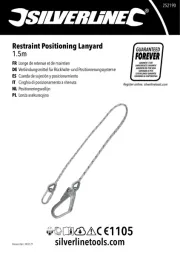
25 September 2025
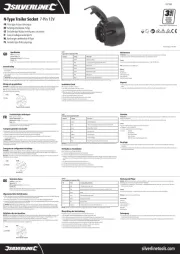
25 September 2025
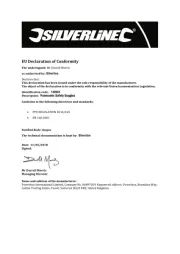
25 September 2025
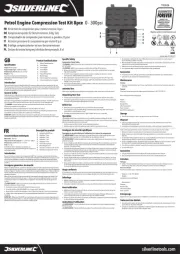
25 September 2025

25 September 2025
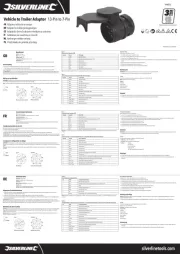
25 September 2025
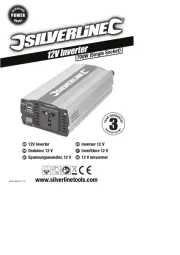
25 September 2025
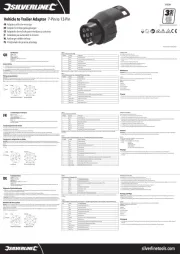
24 September 2025
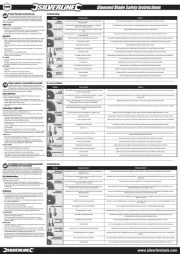
24 September 2025
Ikke kategorisert Manualer
- Audiolab
- ORCA
- Arduino
- Little Giant
- Media-tech
- Lakeside
- Lumens
- Swingline
- Plasma Cloud
- OBH Nordica
- Royal Catering
- Fujifilm
- Premium Levella
- Nuance
- Autoscript
Nyeste Ikke kategorisert Manualer

23 Oktober 2025
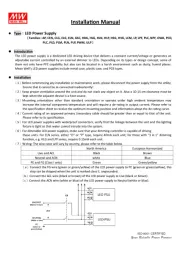
23 Oktober 2025

23 Oktober 2025
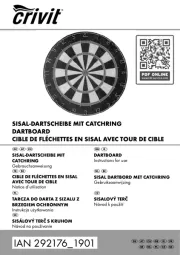
23 Oktober 2025
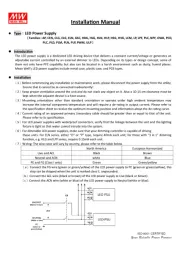
23 Oktober 2025

23 Oktober 2025
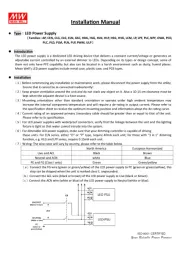
23 Oktober 2025

23 Oktober 2025
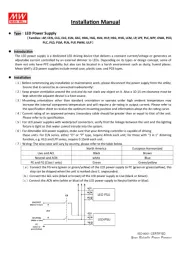
23 Oktober 2025

23 Oktober 2025